Prepare the Fuel: You have to make sure your tank has enough gasoline before starting.
Prime the Engine: If you are using a mower with a primer bulb, press it several times for fuel to get into the engine.
Adjust Controls: Put the throttle in the ‘start’ position and set the choke as instructed by your mower model.
Pull the Starter Cord: Firmly hold the starter cord handle and pull it easily till there is resistance then give it a fast hard pull to start up the engine.
Choke Fine-Tuning: After ignition, regulate the choke for smooth running.
Begin Mowing: Now that you have your engine running fine and the blades engaged, continue on to mow your lawn.
Introduction
Nothing is quite as telling of the changing seasons as the humming produced by a reliable Start a Craftsman Lawn Mower. For every beginner green thumber or experienced mowncaster, putting on those mowing boots and beginning your routine every year is a necessary evil.
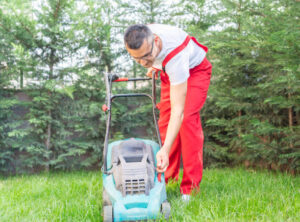
However, what if it does not start? Do not be anxious! This all-inclusive guide will take you through each stage of the process, starting with pre-start checks and handling unexpected problems, thus making sure that your Craftsman machine resuscitates itself every time. Therefore, get a pen and paper, or better yet, bookmark this page to save a tree.
What You Need to Know About Your Craftsman Lawn Mower
To learn how to operate any complex machine without difficulty, we first have to understand how it works. A standard piece of engineering equipment known as a Craftsman lawn mower has different components, such as the engine fuel system, spark plug, carburetor, and others, which play significant roles in its startup.
How to Start and Stop Your Craftsman 46” Automatic Transmission Riding Mower
Before touching and starting your mower off, mastery of the stop button is equally important. Understanding the safety features needed, activating them, and detecting when the engine starts to stop can prevent accidents and premature wear of your lawnmower parts.
How to Start Your John Deere Lawn Mower
Step-by-Step Guide on How to Turn On the Craftsman Lawn Mower
1. Pre-start Checks (Fuel, Oil, Spark Plug)
Check if there is enough fuel for your mower. The level of oil should also be checked and verified; old or insufficient oil damages the engine. Also, don’t forget to check the spark plug—make it clean and properly gapped.
2. Operating the Choke and Throttle
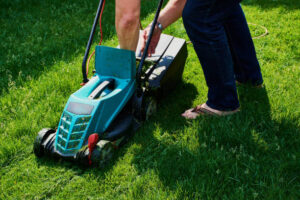
Choke helps to enrich the fuel mixture temporarily during cold engine starting. Adjust it according to the cold start instructions found in the manual for that model. Check if the throttle is set right each time before starting.
3. Pull-Start or Electric Start Instructions
To pull-start Simply hold the mower with one foot, take hold of the starter handle, and tug briskly down on it. Disconnect batteries or connect electric starters as necessary; they require inserting keys or pressing buttons instead.
4. Check the fuel level.
Start with a full tank always, so you are not stopped mid-mow with an empty tank. If you need to refuel, let the engine cool down for a few minutes before moving on.
5. Inspect the oil level.
You do not want catastrophic failures from a lack of proper lubrication of your engine. Ensure you have frequent oil changes made.
6. Adjust Choke
Make sure that you adjust this choke valve very carefully to suit the current temperature of the engine so that it will start without any problems at all.
7. Prime the Engine
Pump primer several times to help the start-up smoothly. On those movers with fuel valves, open them before priming them.
8. Start the machine by increasing the throttle.
A higher throttle can aid in starting, especially during cold times. Then, get it ready for engine-letting.
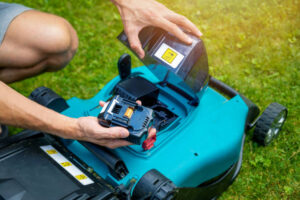
9. Turn on all safety gadgets.
Make sure that all necessary buttons and switches are in their correct places. This may include the safety key, brake pedal, and blade control lever.
10. Place Mower
Disengage the blade engagement lever and put the mower on even ground. This will prevent any unexpected movement or accidental blade engagement at startup.
11. Pull the Start Cord.
Pulling powerfully and quickly increases your chances of a successful start-up; ensure you use proper form and grip strength every time you pull the cord.
12. Fixing Issues
In case your engine does not start after repeated attempts, find a copy of your owner’s manual to give you step-by-step troubleshooting options, which could include checking the spark plug or air filter, emptying old fuel, or other types of maintenance work.
12. Release the choke or throttle
Set up either of these to keep running as the engine warms up, respectively; too much choke or too little throttle might flood or kill it off, respectively.
13. Operation Monitoring
Listen carefully to hear if there are any relevant vibrations from the idle state to normal operation. Be prepared to switch off in an emergency situation if you notice anything unusual coming from this machine’s mechanism.
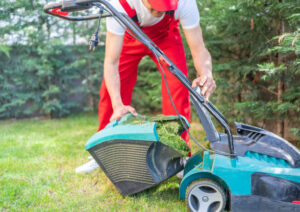
A gardener with a lawn mower is cutting grass in the backyard. A worker is cleaning in the garden
Troubleshooting Common Starting Issues
To get a lawn mower started, all it takes is one yank on a cord or, on some occasions, several pulls (especially when the equipment has been idle for a long time). Here are some steps to cure common starting troubles:
● Check Fuel
Modern gasoline degrades as quickly as 30 days, so drain away old fuel and put in fresh fuel if your mower has been sitting for some time now.
● Inspect the Spark Plug
Dirty spark plugs can also cause this problem: gaps close and cracks open in ceramic insulation due to aging over time.
● Verify Choke Operation
To verify if the choke plate opens freely as you push the choke lever to “run” and closes when you pull it to “start,”.
● Prime the engine
If there is a smell of gas, the engine may be flooded. Never prime the engine and use full throttle when trying to start up.
● Check the air filter.
Dirty air filters can reduce airflow into your engine, thus making starting difficult due to the rich fuel mixture.
● Inspect fuel lines.
Broken or leaking fuel lines will prevent your engine from getting enough fuel. Replace any line that is damaged.
● Clean Carburetor

Lawn mowing. A man fills up a lawn mower with gasoline. Refilling the fuel tank in a petrol lawn mower, close-up
Dirty carburetors, in some cases, are what hinder an engine from starting, so have them cleaned using carburetor cleaner.
● Adjust Throttle/Speed Control
An improperly adjusted throttle might be stopping the engine from starting or so that it stalls once started.
● Check safety features.
This will keep mowers with faulty safety switches from starting. Ensure that all levers, switches, and controls intended for your safety are functioning correctly.
● Inspect the battery (for electric start models).
Ensure that it has power, and look out for corroded terminals or a battery that has gone beyond cell life expectancy timeframes.
● Check the ignition system.
The ignition module or coil might not deliver spark plug sparking. Look out for loose connections, cracks, or other damage done here.
● Seek professional help.
The throttle should be set to the starting position, which is fast. If you have done this as advised and your mower still does not start, it may be time to see an expert.
● Maintenance Hints for Peak Performance
Making sure that your craftsman lawnmower remains in good condition is not only about getting it started but also about making it run smoothly and last longer.

A low angle of a man mowing the lawn.
● Regular oil changes
Follow the manufacturer’s oil change recommendations, which usually occur every 25 operating hours.
● Air filter maintenance
Clean or replace the air filter annually or on a per-25-hour basis. This ensures proper flow of air as well as fuel mixture into the engine.
● Clean Underneath the Mower
Grass clippings, dirt, and debris can build up underneath the mower deck, leading to corrosion and damage. Clean this area regularly so that there will be no buildup.
● Sharpen Blades
Blunt blades can rip grass instead of cutting it neatly, resulting in a less attractive lawn. Sharpen your blades at least once every season, though you might need to do it more often than that.
● Check tire pressure
Inflated tires evenly cut grass across the whole yard without damaging it. Before using tires, tire pressure should be checked each time.
● Lubrication
Apply lubricant to the wheels, axles, and engine crankshaft as they move so that there is less friction and less wear and tear.
● Inspect belts and cables.
If belts or cables are showing signs of wear, such as fraying, stretching, or cracking, then replace them.
● Clean Undercarriage
A large amount of grass clippings under your mower restrict cooling off airflow, causing the engine to overheat.
● Fuel Management
Unleaded fuel with octane ratings 87 and higher is recommended; don’t go beyond E10 ethanol blend fuels.
● Store Properly
For long-term storage, follow the manufacturers’ guidelines on proper storage if you are going to store your mower after all.
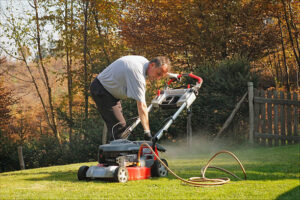
Conclusion
Your Craftsman Lawn Mower is a true companion through thick, lush greens and golden autumn leaves. By mastering the steps in this guide, you can guarantee not only a beautifully manicured lawn but also an increase in your mower’s lifespan.
Starting with the basics, then troubleshooting problems and maintenance ideas, and finally ending with FAQs, we have provided you with all you need to learn.
Starting up your Craftsman mower is like beginning a dance of mechanics that will bring orderliness as well as beauty to your yard. This ritual sets the tone for each season, reminding us that precision, preparation, and care matter not just for our tools but also in our lives.
Frequently Asked Questions
Q1: Fuel and Oil Levels: What should you check before starting?
Always make sure there is enough fuel in your fuel tank and oil level before cranking your How to Start a Craftsman Lawn Mower to avoid engine damage.
Q2: Choke Position: How should it be adjusted?
Set the choke position according to the cold start instructions provided by the manufacturer in the manual. A richer fuel mixture is required for a cold engine to start smoothly.
Q3: Primer Bulb: When and how to use it?
When the engine has been sitting for some time, compress the bulb several times to allow gasoline to flow into the carburetor, thus making starting easier.
Q4: Safety Features: Which ones need to be engaged?
Check whether the blade engagement lever, seat switch, and parking brake are set in their right positions before you attempt to start an engine.
Q5: Starting Position: What should the throttle be set to?
To obtain a mixture that is more fuel-rich, set the throttle to its fastest position for most starts. Once the engine is running smoothly, make adjustments as necessary.
Q6: Pull-Start Procedure: What’s the correct method?
Use a firm grip on the starter handle, hold the mower down with your foot, and pull hard. Do not continue if it doesn’t start after several pulls because you might flood it.
Q7: Choke and Throttle: How to adjust them after starting?
Reduce the choke as the engine warms up and set the throttle to the recommended operating speed (typically full throttle for mowing).
Q8: Monitoring: What should you watch for after starting?
Listen for smooth operation and vibrations; ensure the engine is functioning normally by idling. Look out for any unusual noises or smells.
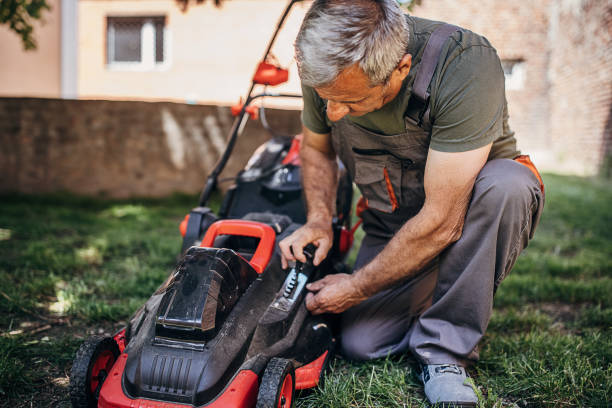








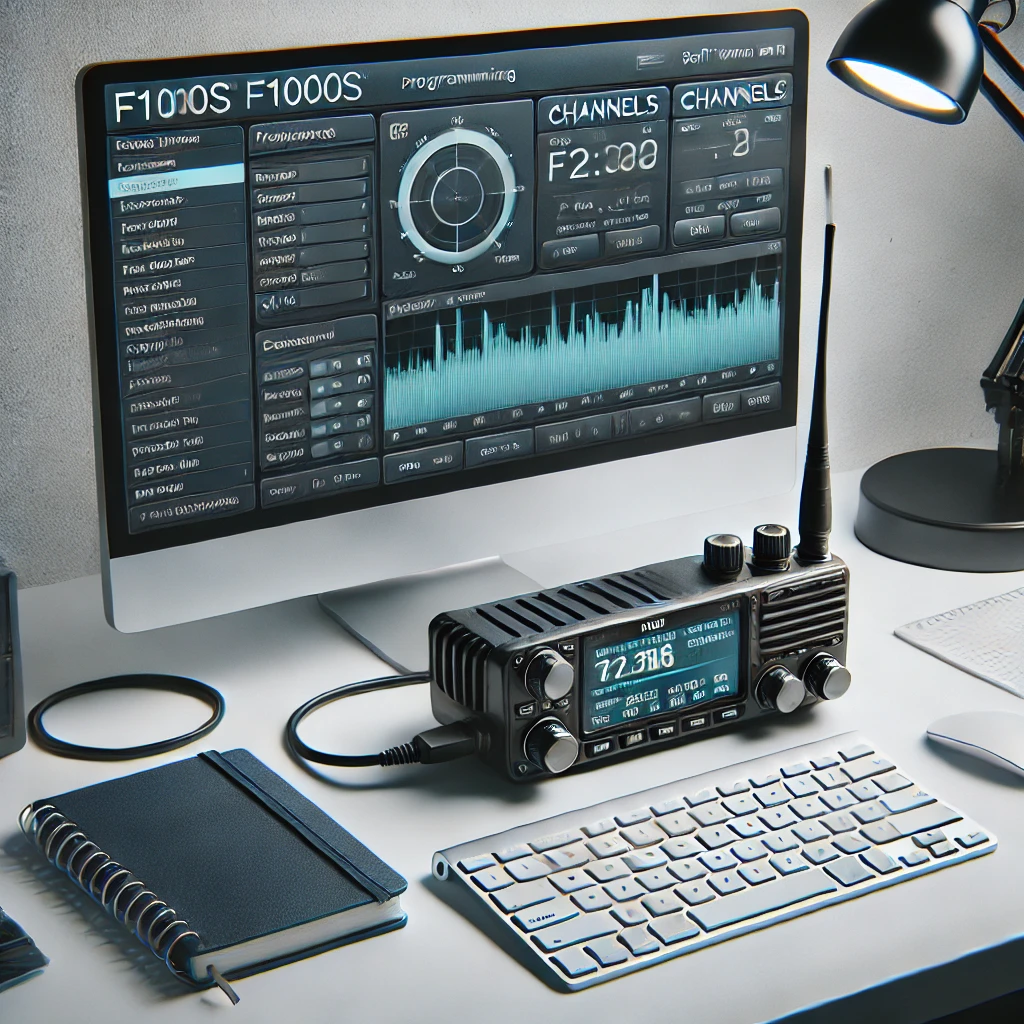

Leave a Reply